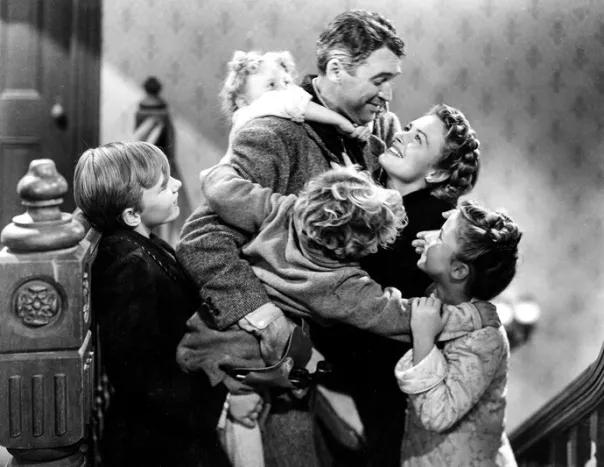
Marley and Oddbody: Instruments of Redemption
I’m about to read A Christmas Carol aloud to my wife. One Stave per night.
Every year she endures my attempt to imbue Dickens’s tale with plummy English accents recounting fireside merrymaking, spectral gloom and, of course, triumphant redemption.
Despite the grip of a pandemic, sneering Scrooge’s grip on Christmastime shows no signs of easing. Past adaptations of Dickens’ classic tale remain to flavour the season as musical and movie. Scrooge in his many guises has become, like the Grinch, a cultural icon for the person who for whatever reason has become cold and closed, who enjoys isolation, loathes laughter and shuns celebration.
He has also become a model of redemption. Scrooge’s seven-years-dead business partner returns to lament the banal way he conducted his life and to blast Scrooge with truth and so become an instrument of grace. Through Jacob Marley’s visit and that of three phantoms foretold, Scrooge is snatched from the abyss and left laughing in his chair until he weeps and is reborn. He internalizes the simplicity of the birth in Bethlehem and the lessons taught by his spectral visitors.
Marley isn’t the only mystical being to materialize at Christmas. George Bailey has his Clarence.
Where A Christmas Carol was about the redemption of Scrooge, Frank Capra’s 1946 classic movie It’s a Wonderful Life is about the redemption of its Bob Cratchit, George Bailey; his heroic virtue and consistent altruism, his dark night of the soul, and his ultimate vindication.
Bailey is a man who, like Joseph of Technicolor Dreamcoat fame, is a dreamer. George has places he wants to see and bridges he wants to build. But none of this is ever to be for George. He is trapped in the town of Bedford Falls with a two-bit Savings and Loan Company and a life which he considers to be worthless.
But then he realizes that, in fact, he has a wonderful life, thanks to good friends and a guardian angel named Clarence Oddbody A-S-2 (Angel, Second Class). To bring George back from the brink of suicide and bring him to his senses, Clarence shows George what the town would be like if George had never lived; a den of iniquity, reminiscent of a biblical Sodom and Gomorrah.
Through the providential intervention of Clarence and the monetary intervention of his friends, George Bailey undergoes a secular redemption. Though George confesses to God, in his darkest hour, that he is “not a praying man,” and though the film doesn’t come very close to the message of Christmas, George nevertheless gives himself to the citizens of Bedford Falls, and through their poverty he becomes a rich man … wealthy in relationships.
George is not a prodigal son who has rebelled and wasted his life on loose living, but he nevertheless returns home to the most glorious welcome, not from a loving father, but from a loving wife and family and most of all, friends.
And with their welcome comes the glorious epiphany that life is truly wonderful.
Bailey was, we assume, forever changed. Scrooge too was no backslider. He made his conversion public and never wavered. “Scrooge was better than his word. He became as good a friend, as good a master and as good a man as the good old city knew.” If anyone walked in newness of life, it was Ebenezer. He raised not just Bob Crachit’s salary but the spirits of everyone he met; doing justice, loving mercy and walking humbly.
As someone offering their testimony once said, “I’m not what I should be. I’m not what I’m going to be. But I’m sure not what I was.”
May that be truly said of all of us.
Post a comment